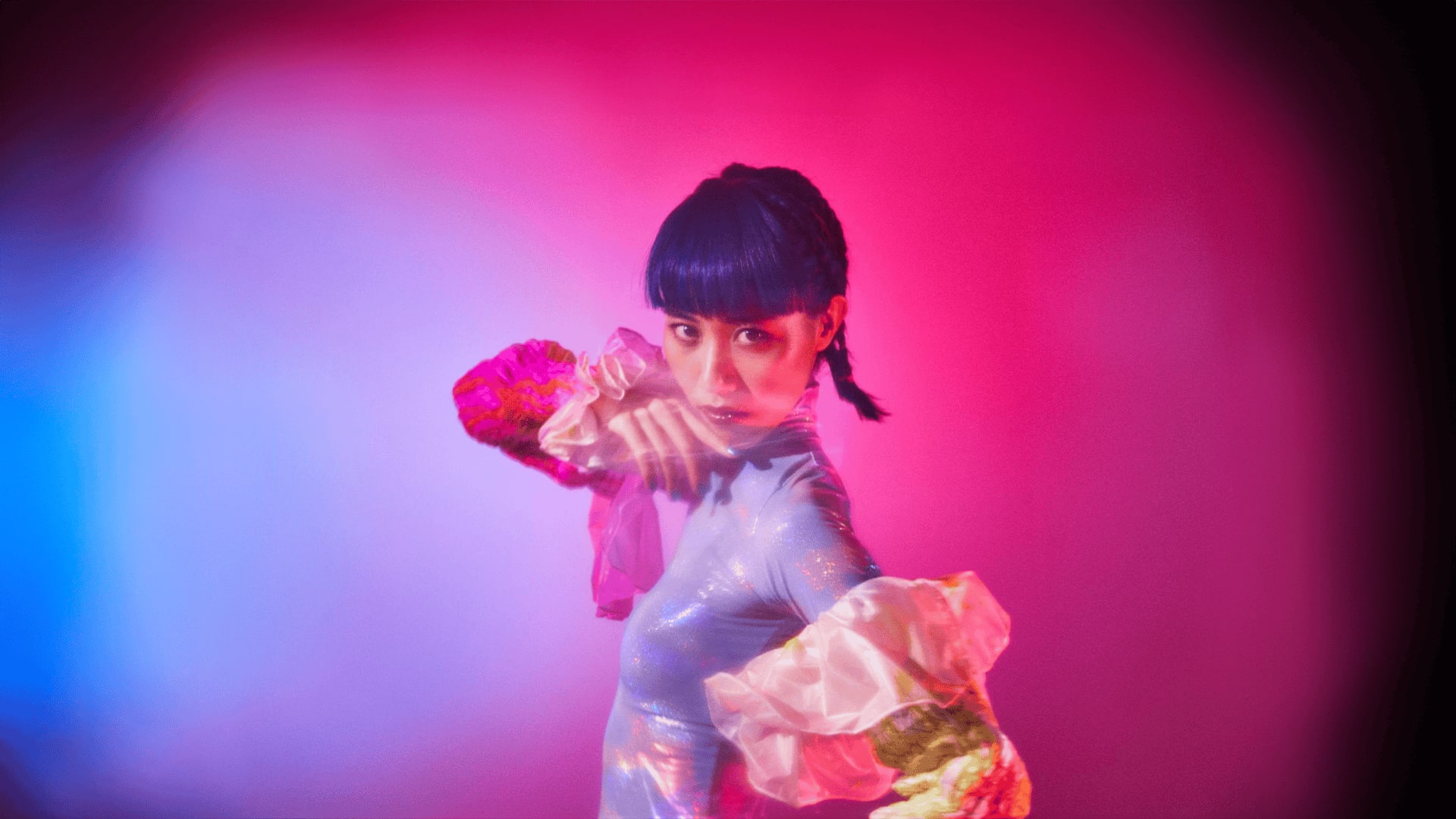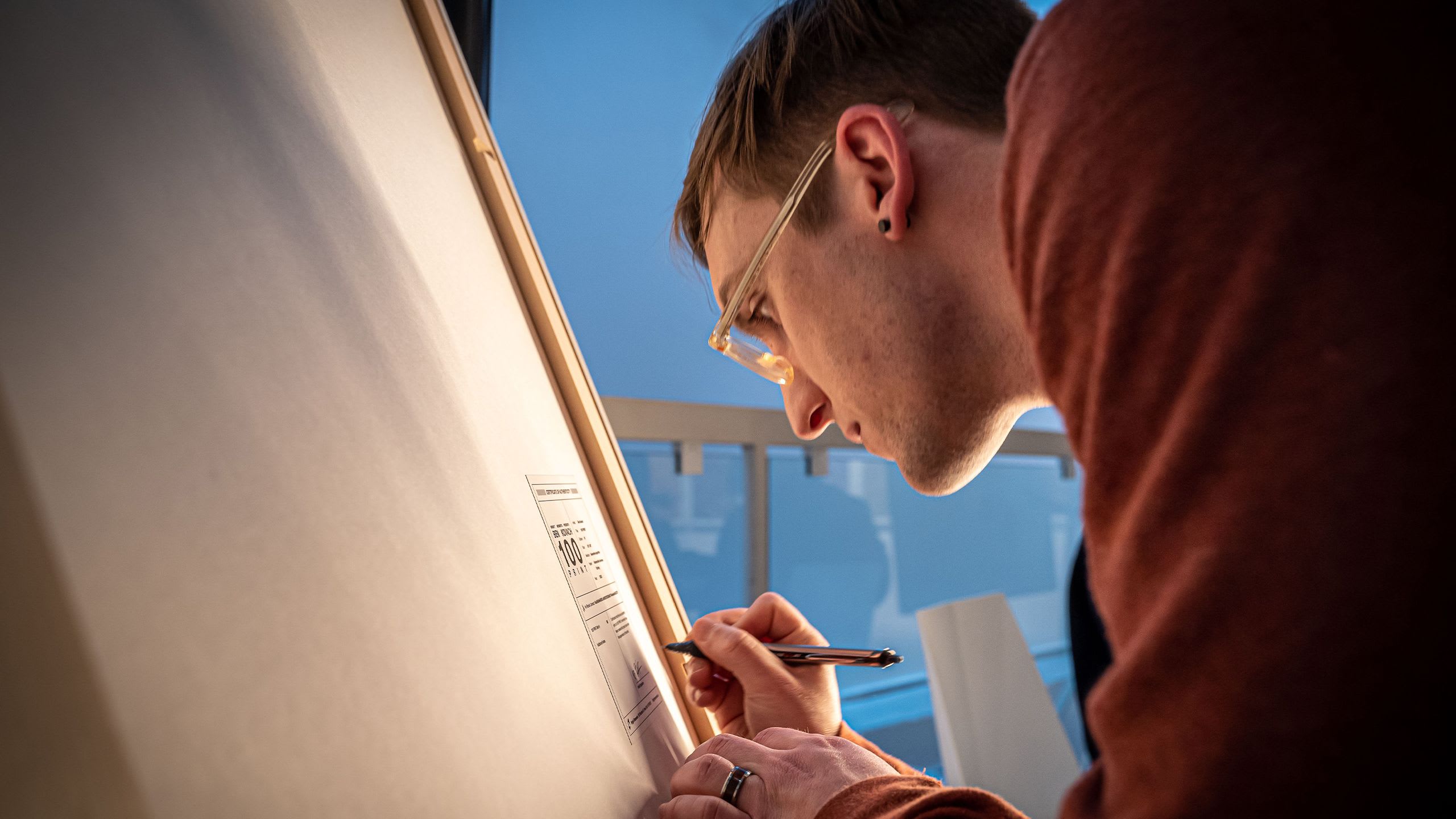INTERVIEW
In Conversation with Richard Lord
In Conversation with Richard Lord
by Jeff Davis
•
26 Aug 2021
Richard Lord is a digital artist interested in world building, artificial life and all types of generated art. We spoke in advance of his second Art Blocks project Geometry Runners about his multidisciplinary practice.
Jeff Davis: Hi Rich! It’s been a lot of fun working with you these last few months. How did you first get into making art?
Richard Lord: I've loved art from a young age. I pixel painted for many hours on my old Amiga 500 and was always a builder, spending hours with LEGO. I still play with LEGO a bit too much now and somewhat blame it for my career path. In particular, I was always fascinated by the way things moved. Particularly mechanical systems at first. Perfect to explore with LEGO.

JD: When did you start pursuing digital and/or generative art?
RL: The first thing I ever coded was a music system based on John Conway's classic Game of Life. But as I got older my interest shifted to environments and telling stories through them. For a while, that interest replaced generative art. But as the environments I built got more complex, I started using generative and procedural techniques to add complexity beyond what I could achieve by hand. Since then, I've steadily slid into using more and more generative elements in my projects. I'm at the point now where generative art is at the center of all my projects.

JD: You seem to cover a lot of different disciplines with your creative practice. How has it come together over the years?
RL: It's taken a long time to find the intersection between my different artistic interests. I love the way generative art is a process of discovery. I'm not sure what I'm going to get, but I can shape things somewhat. I'm developing ways to create that feeling of discovery in environment art and also animation. Something fascinating and unknown that I might want to poke with a stick. There's links between these fields, and I'm expecting to be exploring that for the rest of my life.

JD: I know some of this background, but why don’t you tell everyone a bit about your professional accomplishments so far.
RL: My most well-known accomplishments are probably in video games. I was an artist on the Portal series of games and designed a lot of the mechanical systems seen in Portal 2. Since leaving the games industry, I've created several procedurally generated music videos for Plus Device and Alessandro Parisi, both of which won Vimeo awards and got shown at a handful of film festivals. Most recently I released my first Art Blocks project Octo Garden and have been blown away by the response.
JD: So you mentioned your Art Blocks project Octo Garden. How did you discover NFTs in the first place?
RL: I started following NFTs back in late-2020. A few friends were into crypto and they showed me what they were working on. I applied to a few sites and started selling 1-of-1's. But since I loved generative art, I felt like 1-of-1's only showed one side of my art. I met Bryan Brinkman in a Discord server and he showed me his Nim Buds and explained the concept of Art Blocks to me. I fell off my chair and instantly applied. I value artistic independence extremely highly, so NFTs, and Art Blocks in particular, have been a dream for me.

JD: That’s awesome, I didn’t know about the Brinkman connection! Alright, so tell us about the inspiration behind Geometry Runners.
RL: My first Art Blocks project was static, so I knew I wanted to explore animation next. So I took the physics based walking systems I've created, and reimagined them as something that could work in real time. I've also been trying to think of fun ways to teach the math concepts I love. The idea that I could create creatures out of sine waves, vector math and trigonometry was really appealing as a way to explore this goal. Artists such as Karl Sims and Theo Jansen are also huge influences. For me, their work searches for the essence of living systems. I feel a surprising amount of empathy towards the creatures they create. I wanted to generate similar feelings with Geometry Runners.
JD: And what should collectors look for as the series is revealed?
RL: There's lots of ways the Geometry Runners can be arranged. This can sometimes be very chaotic, or highly ordered. Also, the animation of the runners can be shifted per runner. Occasionally all these things will line up, and the runners will form a wave, or a pattern through their movement. I still find novel arrangements of creatures after testing the system hundreds of thousands of times.

JD: Anything else people should know to better understand your work?
RL: Some of my music video work is often described as gross or disturbing. I understand that point of view, but I don't intentionally set out to cause that reaction. I'm really interested in creating an atmosphere and the feeling that something truly alien is being discovered. While Geometry Runners is much more light-hearted than some of my other work, it shares the same desire to create a living world to explore.
JD: I’m really looking forward to seeing all those dudes in action. What’s the best way for people to follow your work moving forward?
I'm most active sharing my work in progress on Twitter. And to find my more finished work, my website is a good place to visit.
First published 26 August 2021: https://beta.cent.co/artblocks/+yol88o.



